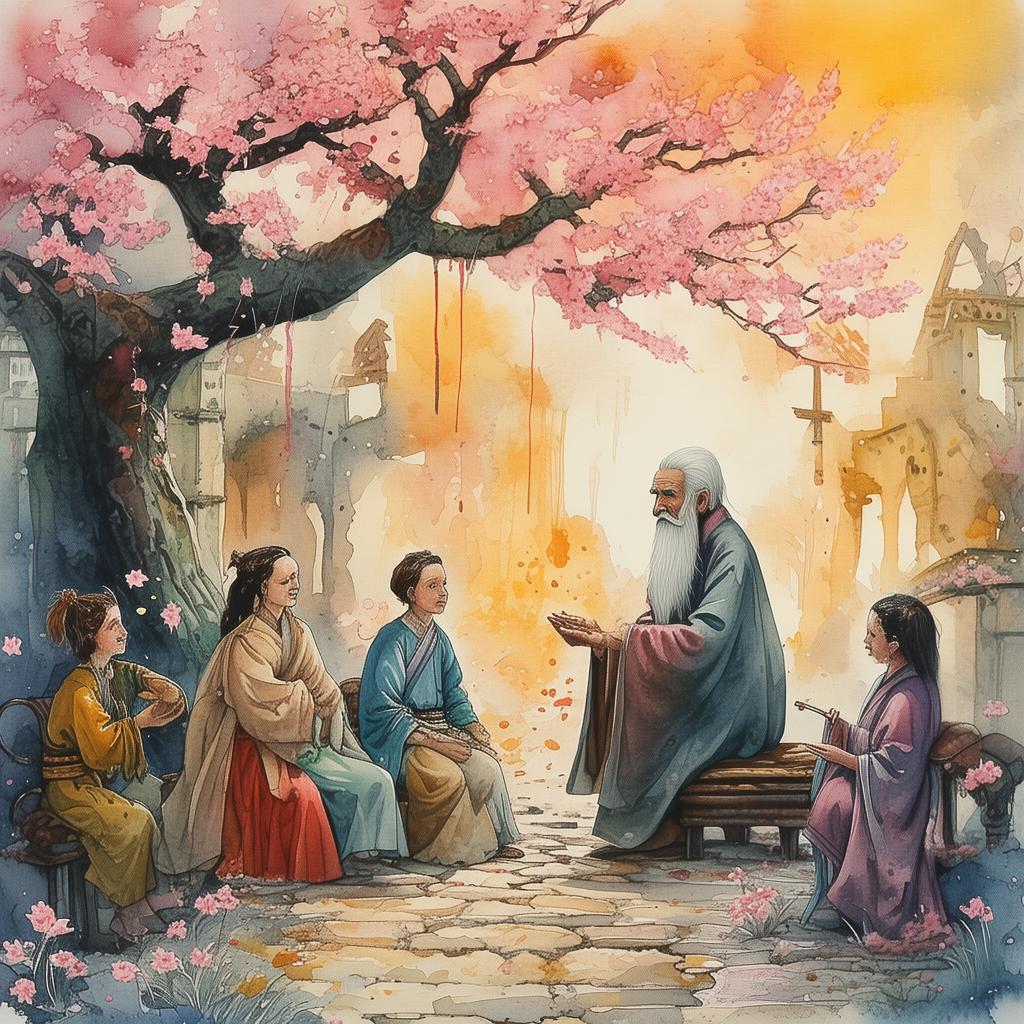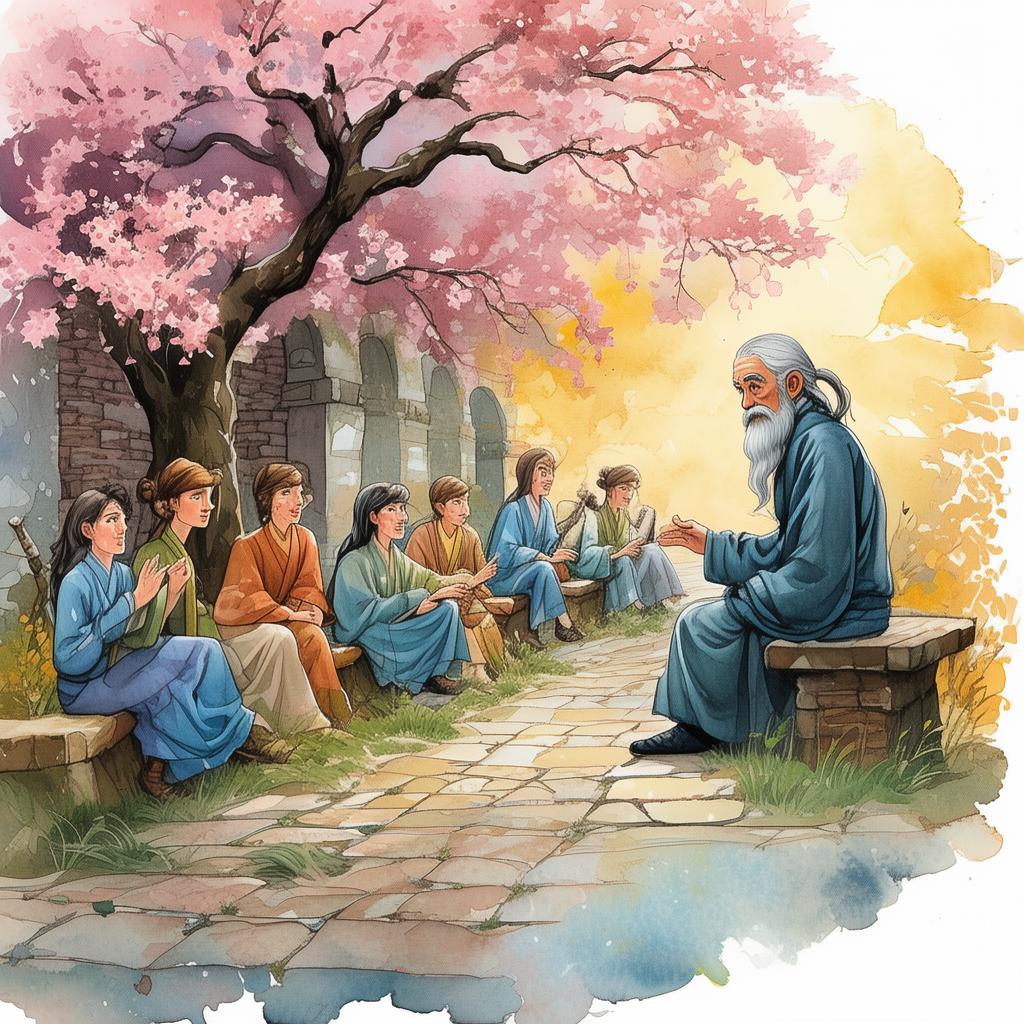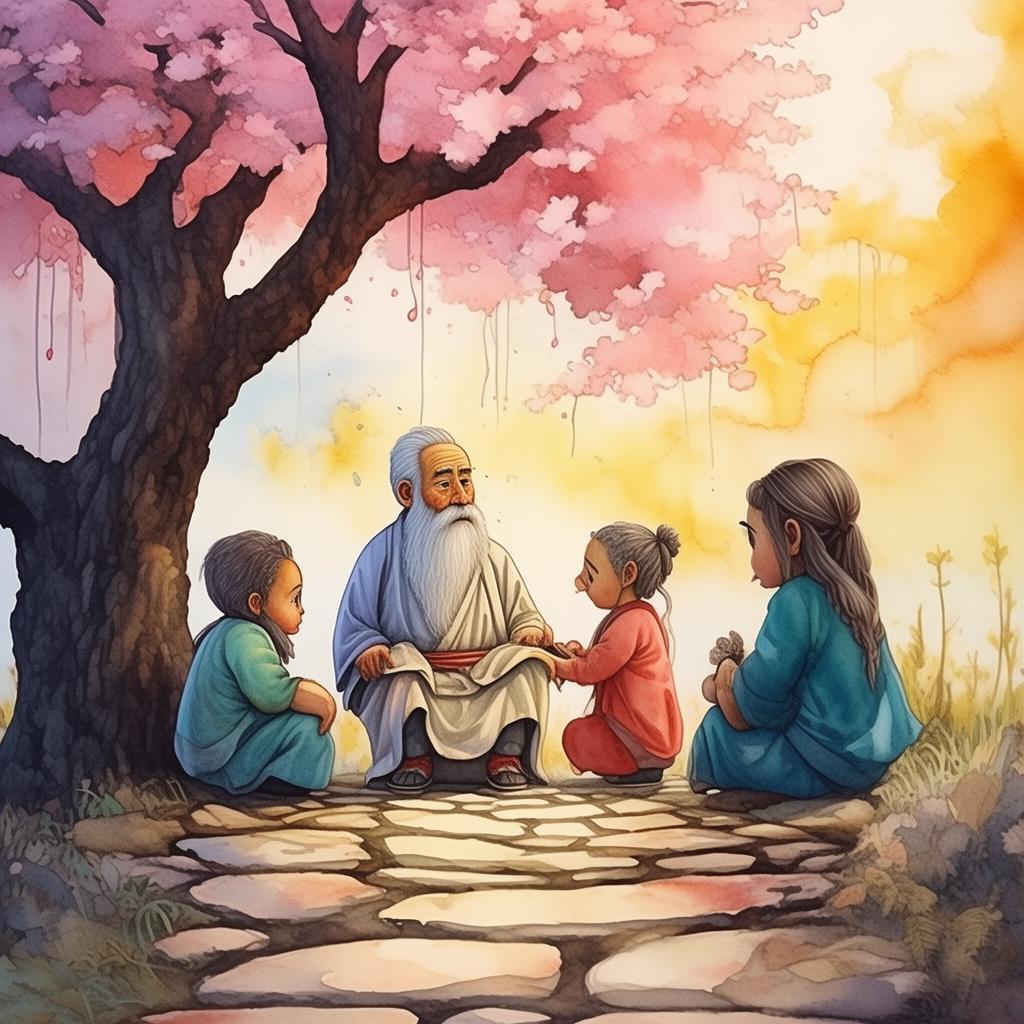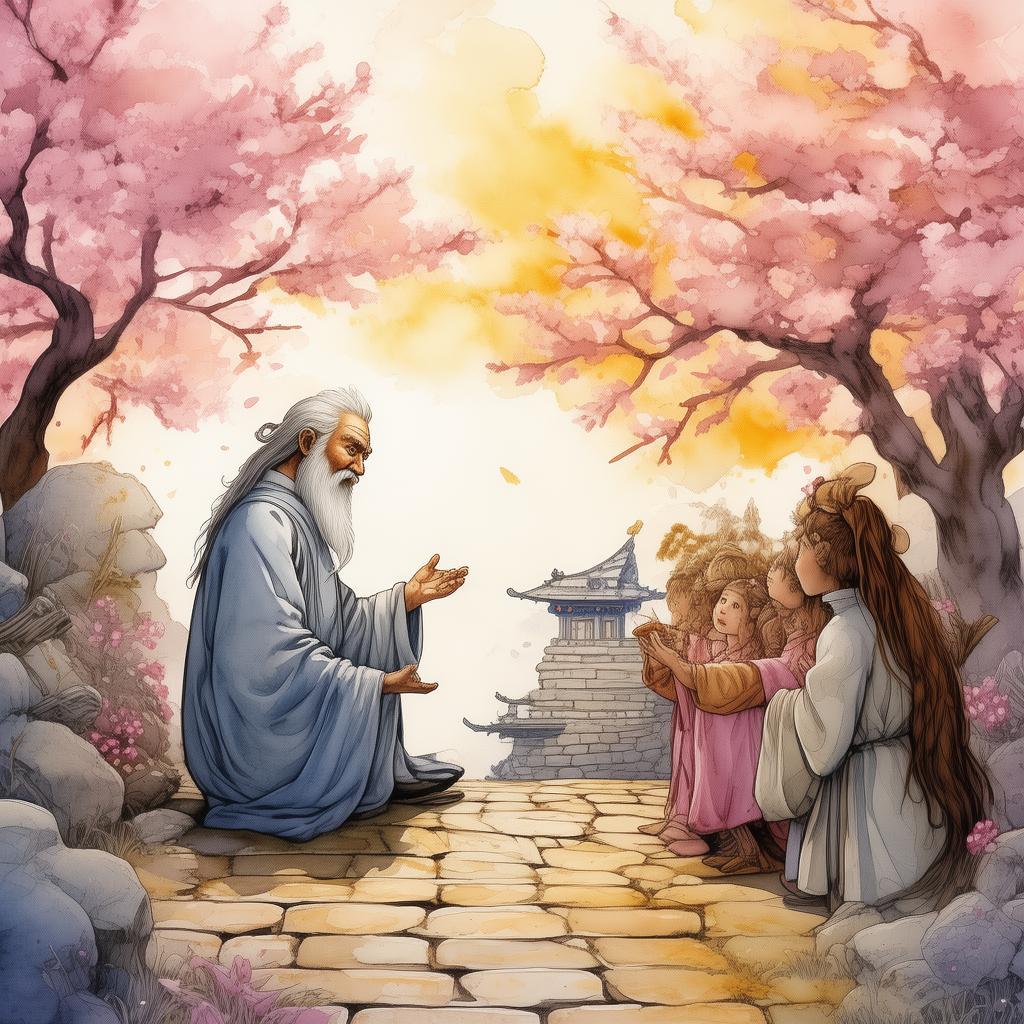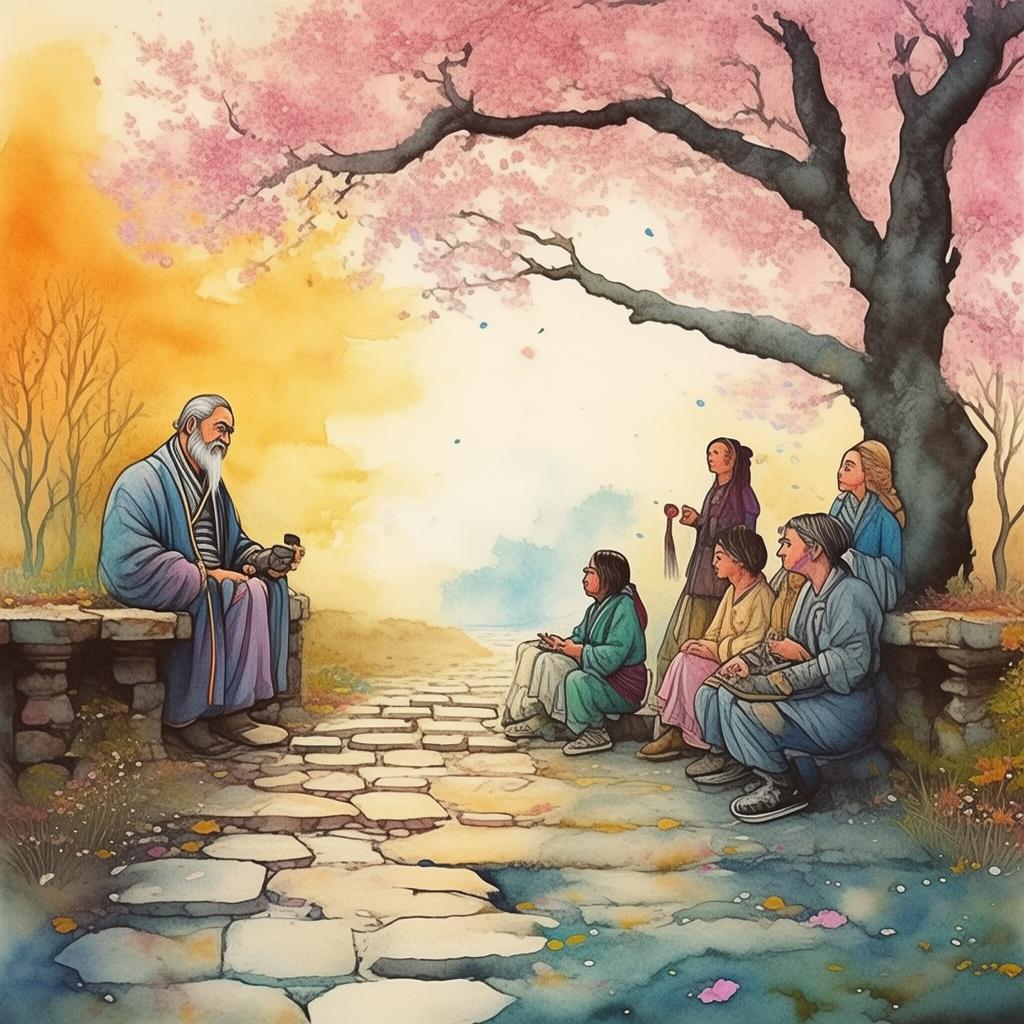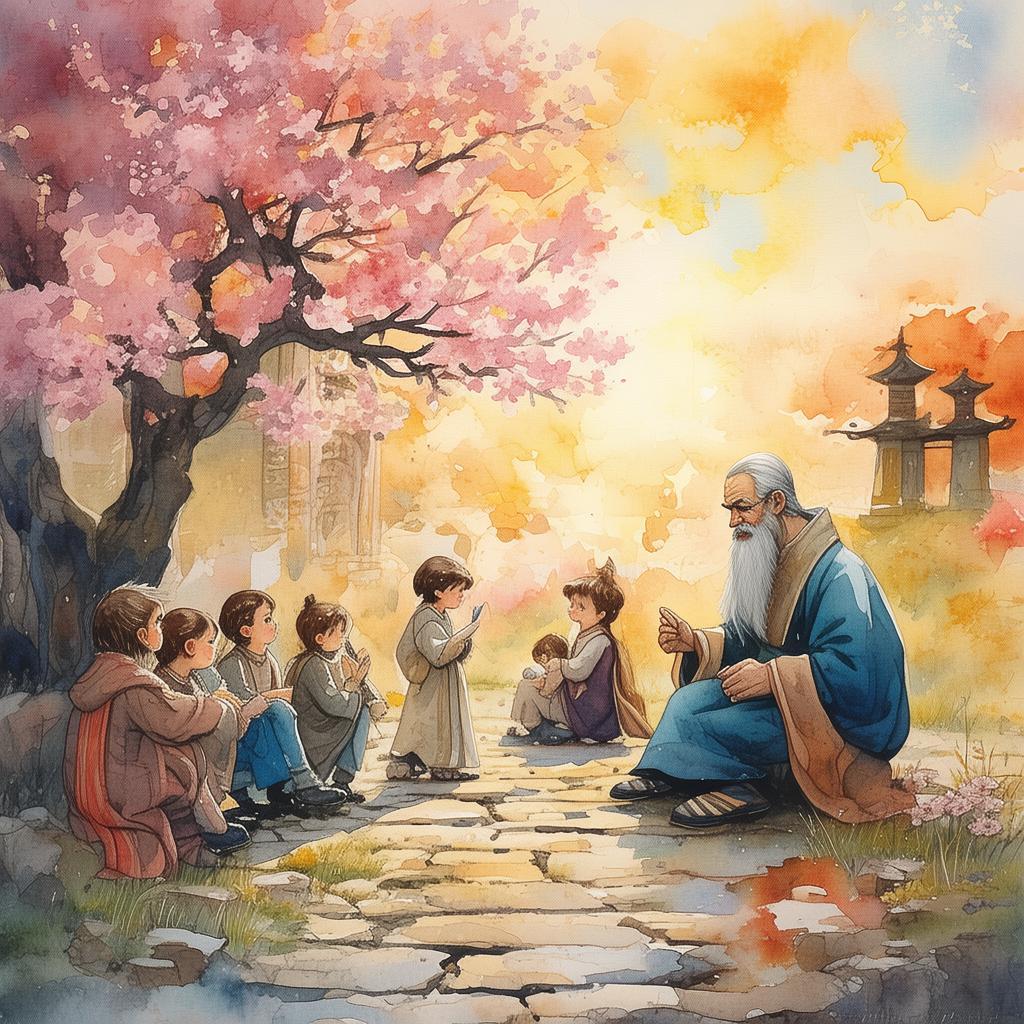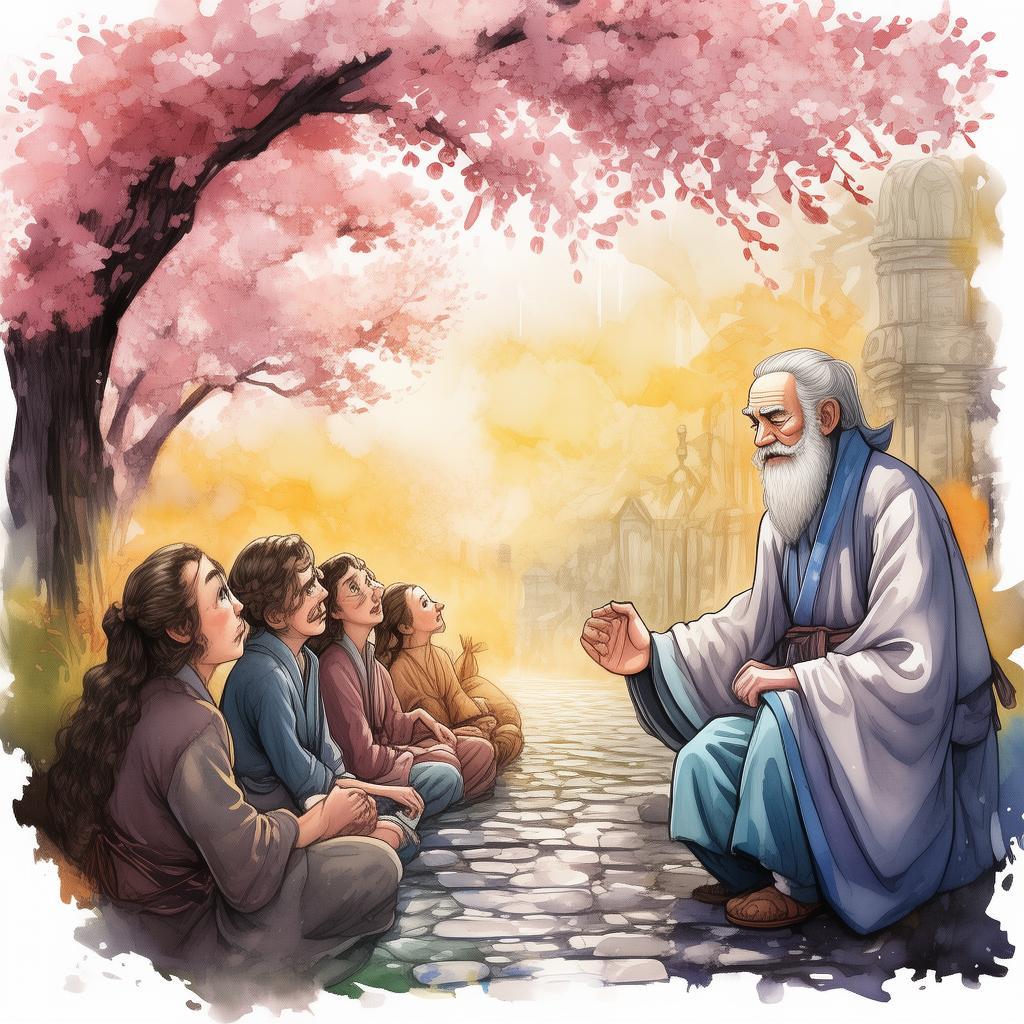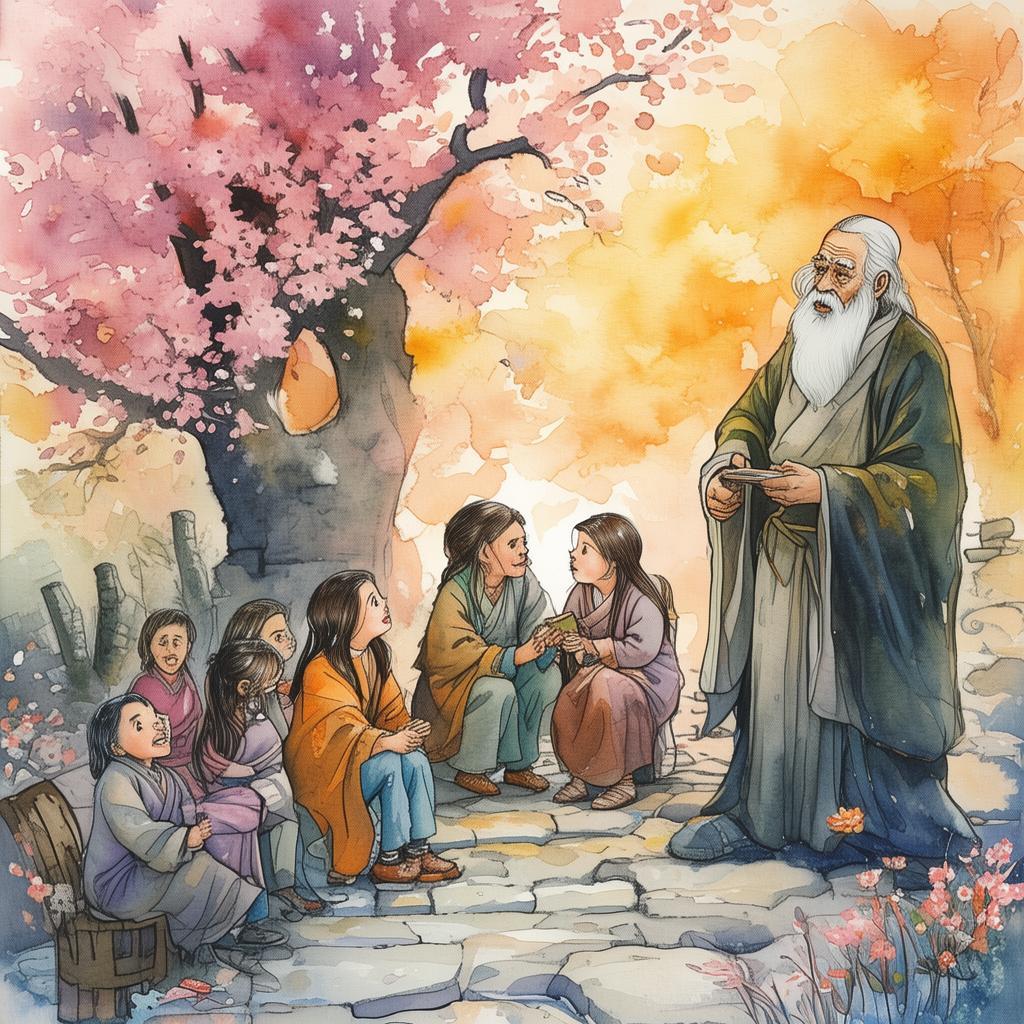The Paradox of the Two Worlds
In the year 2153, in a parallel world known as Dystopia, where idioms were the pillars of society, the world was divided into two halves. One half was ruled by the oppressive regime, the Idioms' Council, which used idioms as laws to suppress the populace. The other half was a utopia where the idioms were cherished as tools of understanding and harmony. But a mysterious force threatened both worlds, and only one person could prevent a catastrophe: the Idiom Weaver.
Lina was a young girl with an extraordinary talent: she could understand the hidden meanings within idioms. Born into a family of scholars, she had been raised on tales of the utopian world where idioms were sacred. Her mother often spoke of the ancient prophecies that foretold the rise of a savior who could unite the two worlds, an Idiom Weaver capable of interpreting the true meaning behind the Council's oppressive idioms.
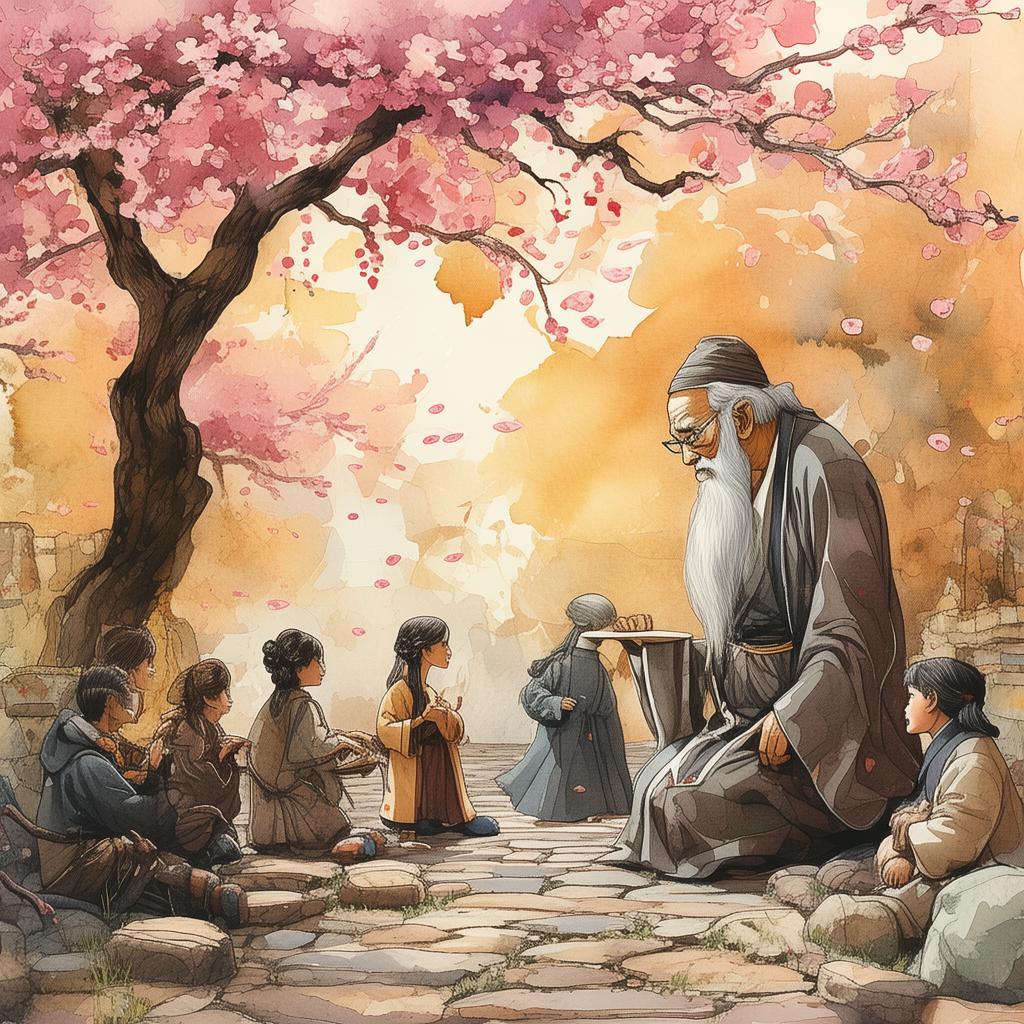
One day, Lina discovered a strange symbol etched into the wall of her grandmother's old study. It was the emblem of the Idioms' Council, but it was incomplete, missing its right side. As she touched it, she felt a surge of power, and a voice echoed in her mind, "Lina, the key to saving the two worlds lies within this symbol."
Desperate to find the truth, Lina ventured into the forbidden zones, the places where the Idioms' Council operated with an iron fist. She knew it was dangerous, but she had to face the Council's Head Ido, the enigmatic figure who seemed to know more than anyone else about the symbol and its significance.
As she navigated through the dystopian landscape, Lina encountered many obstacles. The streets were filled with enforcers who enforced the Council's idioms without mercy. She had to use her intelligence and the power within the symbol to escape capture. Each time she used an idiom to her advantage, she felt a deeper connection to its true meaning.
In a hidden library, Lina found an old tome that detailed the history of the symbol. It explained that the Idioms' Council had originally used idioms as tools for peace and understanding. However, as time passed, the Council had twisted their intentions, using idioms to control and oppress. The true meaning of the symbol was a balance, a way to use idioms to promote harmony rather than destruction.
The climax of the story came when Lina stood before Head Ido. She challenged him to a contest of idioms, where they would use their knowledge to outsmart the other. Lina, with her newfound understanding, won the contest, and Head Ido admitted defeat. He revealed that he had been a part of the Council, but he had always believed in the true power of idioms. Together, they devised a plan to expose the Council's lies and unite the two worlds.
In the end, Lina became the Idiom Weaver, using her unique ability to interpret idioms to bring about change. The Council was overthrown, and the two worlds were finally at peace, united under a new understanding of the true power of idioms. Lina, now recognized as the savior, walked into the sunset, her journey complete, and the future of the two worlds bright with hope.
✨ Original Statement ✨
All articles published on this website (including but not limited to text, images, videos, and other content) are original or authorized for reposting and are protected by relevant laws. Without the explicit written permission of this website, no individual or organization may copy, modify, repost, or use the content for commercial purposes.
If you need to quote or cooperate, please contact this site for authorization. We reserve the right to pursue legal responsibility for any unauthorized use.
Hereby declared.
